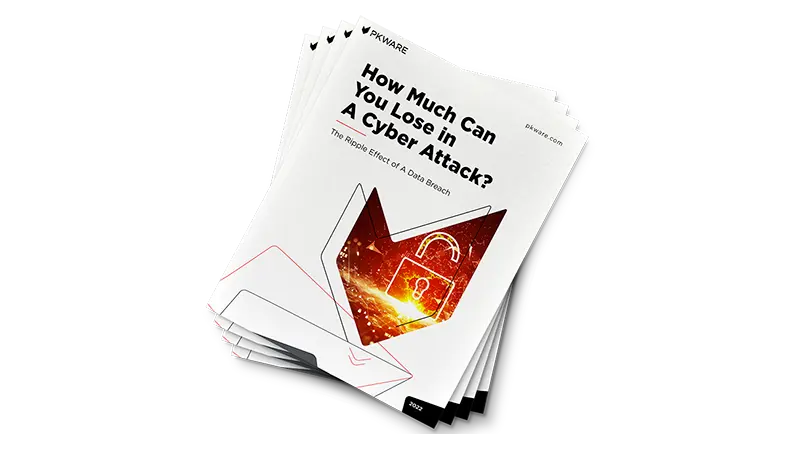Mergers and Acquisitions
Incorporating Data Compliance
For many businesses, growth strategies include the opportunity for mergers and acquisitions. Smart acquisitions planning already determines fit and alignment with the parent company’s goals. But now liability for owning personally identifiable information and sensitive data is an emerging factor that M&A activity must accommodate.







